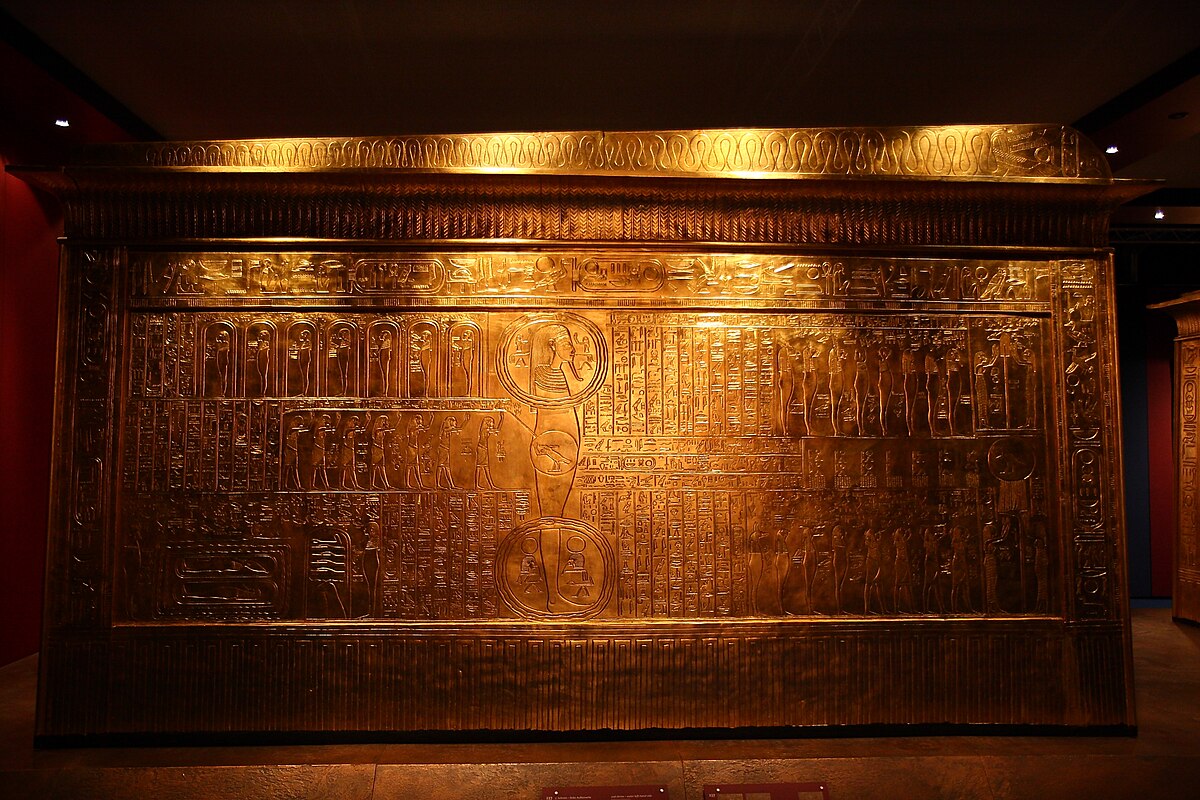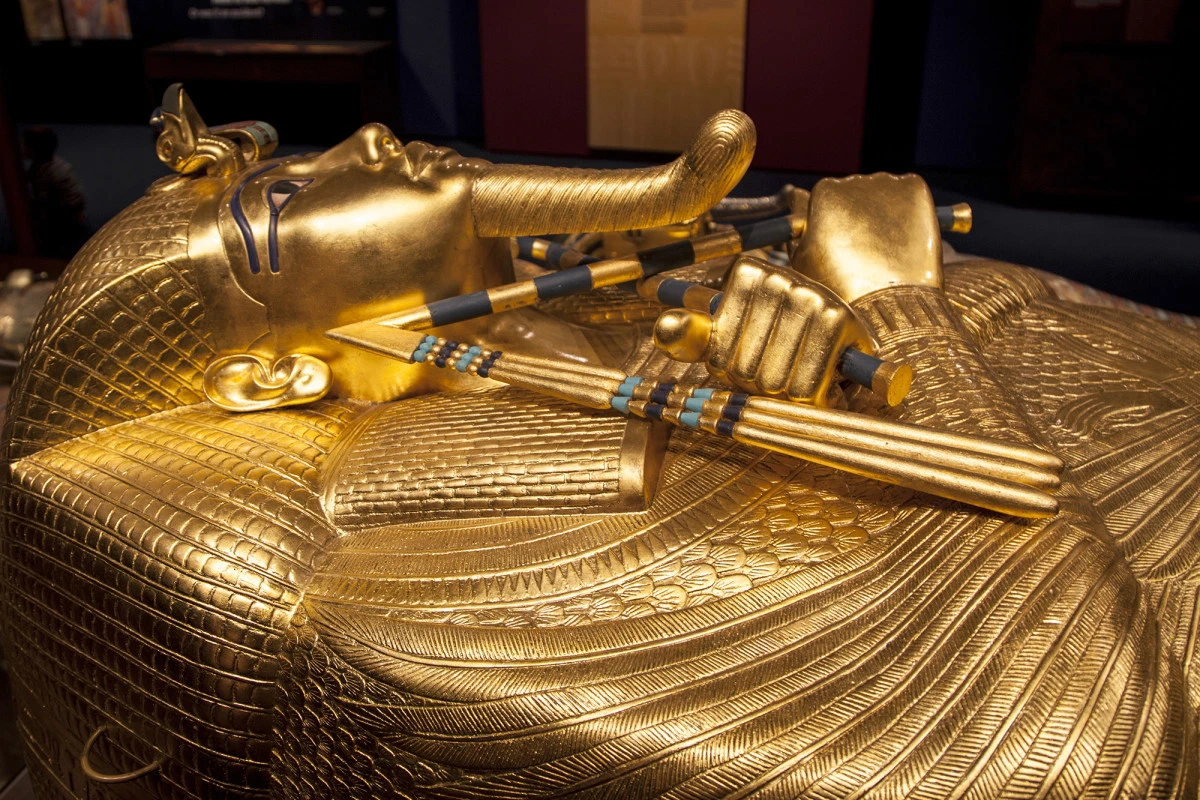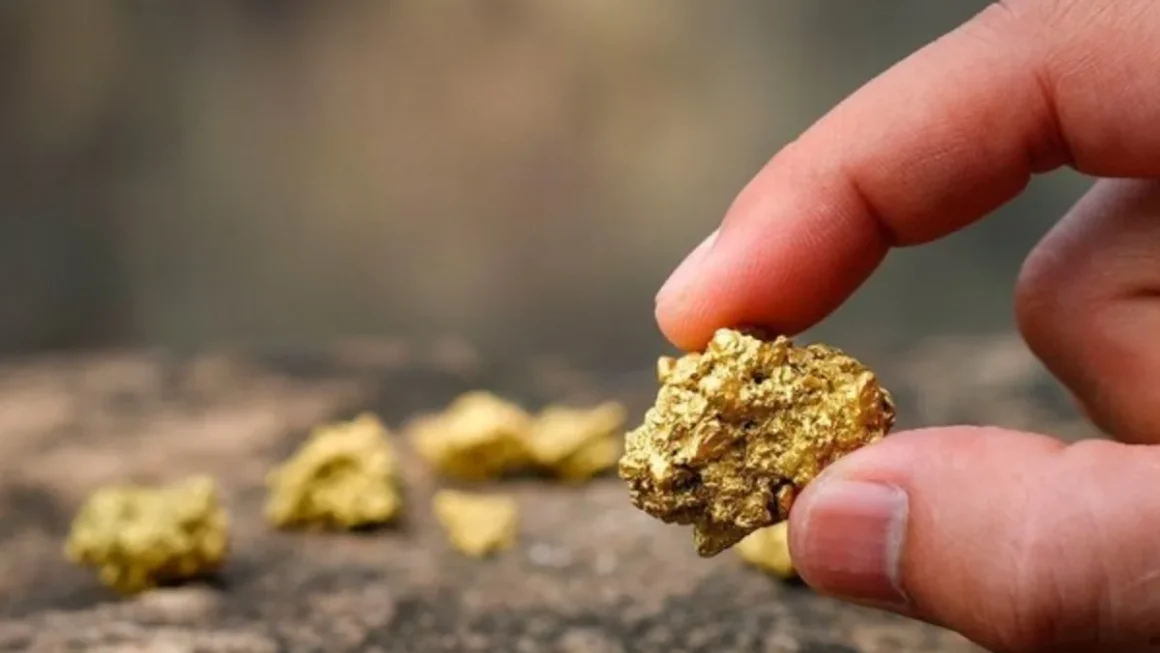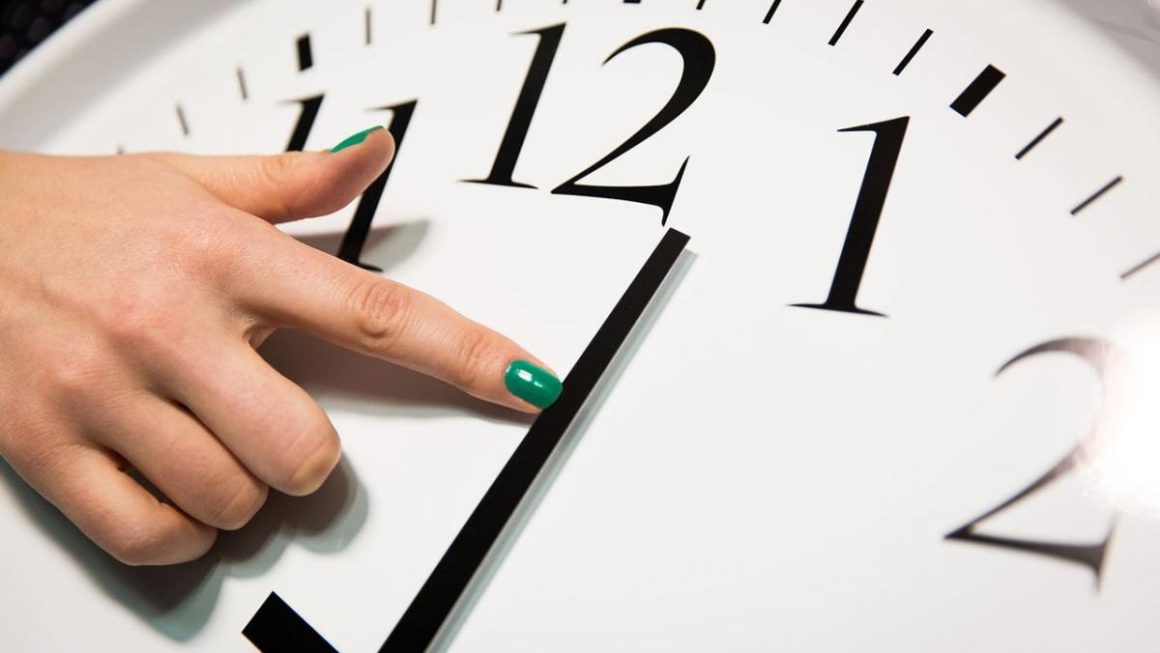This archaeological find is one of the most significant internationally and its contribution to history has been fundamental in understanding more about the civilisation of the time.
An archaeological discovery continues to dazzle the world more than a century later: the tomb of Pharaoh Tutankhamun. It was found in 1922 by British archaeologist Howard Carter and contained more than 110 kilos of pure gold in the form of jewellery, amulets, masks and other funerary objects.
Although the discovery occurred more than 100 years ago, it continues to have historical and economic value due to the magnitude of its historical significance. The entire treasure remains under the protection of the Egyptian government.
The estimated value of that gold on the current market, considering the average price per ounce (around $2,300), exceeds $90 million. But the significance of the find goes beyond the monetary: it represents one of the most important discoveries in modern archaeology, due to the richness and state of preservation of the objects found, according to National Geographic.
Unprecedented find: Tutankhamun’s tomb is worth $2 million and contains 110 kilograms of gold
The tomb was found in the Valley of the Kings, near Luxor, Egypt, and stood out from others because it had remained almost intact since 1323 BC, the date of Tutankhamun’s death. Inside, more than 5,000 objects were found, including a solid gold sarcophagus, an 11-kilo funeral mask made of the same metal, thrones, jewellery and war chariots, all carefully buried to accompany the young pharaoh on his journey to the afterlife.
Experts who documented the total weight of gold say it exceeds 110 kilograms, including ornaments and ritual pieces for the exclusive use of Egyptian royalty. According to National Geographic, archaeologists were particularly impressed by the state of preservation of the gold, which retained its ancient shine, protected by the dry desert climate.
Howard Carter worked for more than five years before finally finding the entrance to the tomb, which was sealed by layers of rubble. His financier, Lord Carnarvon, personally attended the opening, which revealed ‘wonderful things,’ as Carter described it, when he first saw the burial chamber illuminated by a torch.
Although there is no official source establishing the exact value of the treasure in current monetary terms, some experts have estimated that the value of the gold and jewels could exceed £60 million. However, it is important to note that these figures are approximate and may vary depending on fluctuations in the gold market and the historical and cultural value of the objects.

The 110 kilos of gold and all the amulets belong solely to Egypt
All objects found in Tutankhamun’s tomb belong to the Egyptian state. Although they were discovered by a British team, Egypt never allowed the finds to legally leave the country. The distribution system at that time was known as ‘partage’, but due to the magnitude and intact state of the find, the Egyptian government prohibited any pieces from being exported.
This was established by the Egyptian authorities after the discovery in 1922, and was later backed by cultural heritage laws that are still in force today. Today, most of the objects are preserved and exhibited in the Egyptian Museum in Cairo, although some have been loaned for temporary exhibitions in other countries. Egypt has rejected multiple attempts to acquire the pieces, insisting on their non-transferable heritage value.
Tutankhamun’s tomb is equivalent to 110 kilograms of gold and, together with all the jewels he was buried with, could be worth up to $90 million depending on the gold market.
According to the Egyptian Ministry of Antiquities, Tutankhamun‘s funerary ensemble is considered a national treasure and a symbol of Egyptian cultural identity.




